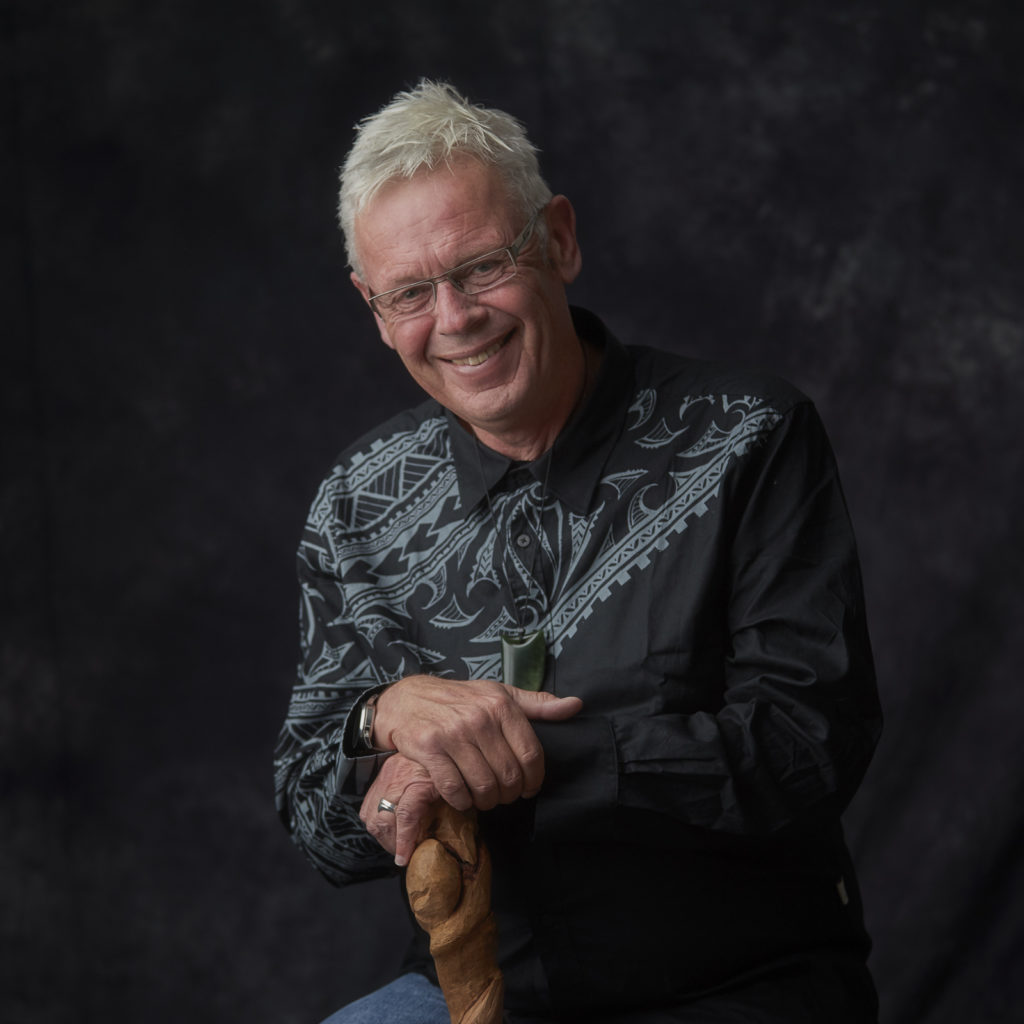
Tony is an artist, writer and traditional Māori healer from New Zealand (Aotearoa).
What is it that connects us?
What is it that binds all life together?
What is this invisible thread that interweaves, interlocks and pulls all life on this planet together?
It is water.
Whether it is in a solid state (ice), as vapour (mist, fog, steam) or a liquid state between the two in the form of water, it is all the same. The only difference is the gap between the particles.
It is water. We take it for granted, since it is everywhere, around us, above us and within us. The oceans make up most of the planet, and they are water. Our bodies are mostly water. We need water to drink, as do all mammals, whose bodies are also mostly water.
Water is life and life requires the presence of water. In abundance. Without it all life perishes and becomes dust. Without it all life ceases to exist. For we live on in the curling sweep of a single blue ecosystem, where every creature is intimately and intrinsically connected to every other creature. Water provides connection and it provides balance. Water is the way in which life transmits itself and joins one form to another. To understand water is to understand the physical reality of life.
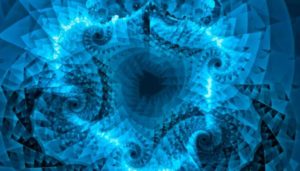 Water feeds us. The plankton feed the krill, the krill fed the whales and the smallest creatures sustain the life of larger ones, and, in doing so, help the ocean life to flourish in abundance. Fish provide food for each other and for humans. And a healthy ocean is an endless source of abundance if properly respected and acknowledged. And all of this is dependent on one thing and one thing alone.
Water feeds us. The plankton feed the krill, the krill fed the whales and the smallest creatures sustain the life of larger ones, and, in doing so, help the ocean life to flourish in abundance. Fish provide food for each other and for humans. And a healthy ocean is an endless source of abundance if properly respected and acknowledged. And all of this is dependent on one thing and one thing alone.
Water.
So how do we get to know this thing that binds us all, which supports the smallest creatures and provides a home for the largest creatures such as the blue whale as well as the smallest, the microbes and bacteria that form the foundation of our very life systems? How do we get inside water’s reality and discern its significance and meaning?
The answer isn’t that hard.
We need to go to the water and spend time with it. We need to learn to listen to it and hear its message. We need to sit with it and be with it and hear its shimmering song.
If we make a voyage to the ocean, we immediately feel uplifted and energised, for we have come to the Source, to the foundation element. Water. The movement of the water, the energy released as the waves break on the shore help to give us a sense of well-being, because we are in tune with that which is life.
Perhaps it is little wonder that so many of us if given the chance, would take our holidays (our holy days) beside the ocean or camped beside a lake or mountain stream. Perhaps this is the reason seaside property commands a premium. How blissful it is to sleep beside the ocean with the windows open, perhaps a gentle breeze coming off the sea, and drift away into the white noise of the breaking waves. We have come home to our genetic roots and sense of connection to All That Is.
The rhythm that interconnects all of this is of course Te Tai, the tide.
The tide comes in
The tide goes out,
But there is always the tide.
Always the tide.
The tide is a result of the pull of Te Marama, the Moon, upon the water of the planet. As it pulls on the oceans, it also pulls on the water within us. We are not exempt. We are also water beings and beings of water. And whether we notice it consciously or unconsciously, we are all pulled this way and that by the influence of the moon. There is a tide in the affairs of men and in men themselves.
And the tide is the realm of Tangaroa, the god of the Sea. Tangaroa rules all waterways, including rivers, streams, lakes and puna (springs). All water. Water binds and water connects. It is all part of a Great Cycle. The water rises in the mountains and flows in rivers and streams across the body of Papatūānuku to the ocean, where it is absorbed. Then Tawhirimātea, the god of the winds, gathers it up as water vapour and carries it back across the land to the mountains, where it is released, to fall onto the land and make its way to the puna and lakes, to flow underground, and re-emerge, to begin its journey once more to the ocean. The cycle is constant, as it has always been, a vast, wondrous, cycle of birth and rebirth. And we are part of that cycle.
We are ourselves part of that cycle. We are conceived and born in a liquid environment in the ocean of our mother’s womb. At the close of our lives we are either buried, or cremated. If the latter, then the water within us is released into Tawhirimātea’s grasp and we re-join the cycle there. If the former, it takes a little longer, but eventually the water will reclaim the us-as-dust, as we are washed out from the earth and swept to the sea, to join the cycle of death and rebirth.
We are all aware that our lives are rather like the tide, that, despite our fond wishes, things do not stay the same for long. We have times when things are going swimmingly (note the word used!) and times when we appear to be drowning. There are periods in our life where everything flows smoothly and effortlessly (water analogy again) and times when we are blocked, or perhaps even feel like a salmon swimming against the current. We would love to drift effortlessly downstream like a carefree piece of driftwood, and yet, from time to time, find ourselves in a riporipo (whirlpool), where we go around and around like clothing in a washing machine. However even this passes in time. Next time you see a whirlpool in a river, take the time to watch it. Eventually what goes in usually emerges and once more makes its way down the river.
Life is like that.
And the movement of the tide gives us a clue to the blessing that Tangaroa brings (and the challenge).
Tangaroa is the atua (god) of abundance. It stands to reason. The oceans breed life which feeds many creatures within the ecosystem. Properly maintained and respected, there is enough to provide for us all. Tiny fish feed small fish which feed larger fish and other predators. And Tangaroa tells us that there is no lack of abundance. It is all in our attitude to it. The more we realise and welcome the abundance available to and waiting for us, the more likely it is to swim towards us.
The shadow side of abundance is, of course, greed, consumerism and waste. As with much to do with shadow, it is all about need, the need to feel filled. This is a hole which can never be filled, for the hole has no bottom, and whatever is poured into it never reaches the brim. This is sometimes referred to in New Zealand as the Beemer-Bach-Boat syndrome. It goes like this: If I work hard and save my money I will be able to buy a BMW. Then I will feel complete. This comes to pass (or not) and once achieved, a few weeks pass, and then the empty feeling returns. Oh. If I work hard and save, I will be able to buy a bach (holiday home). Then I will feel complete. This comes to pass (or not) and once achieved, a few weeks or months pass, and then the empty feeling returns. Then it is onto the Boat, with the same results. No matter what is strived towards, it is never enough. There is a soul pain which can never be appeased.
The challenge is to ask yourself these two questions:
How much is enough?
How much do I really need?
And here is the secret:
The answer lies not in “stuff” but in your heart. Abundance finds its home there.
And Tangaroa’s wero (challenge) to us is to find abundance in what we have, not in reaching for what is over the horizon.
There is another aspect of the tide. The tide goes out and the tide comes in. There will be times in our lives when the tide is out and we feel abandoned by the water and left up, like stick of driftwood, on the beach. This is normal and natural. This is part of life. However, we all know that the tide will come in again.
It is merely a matter of when.
And a matter of faith.
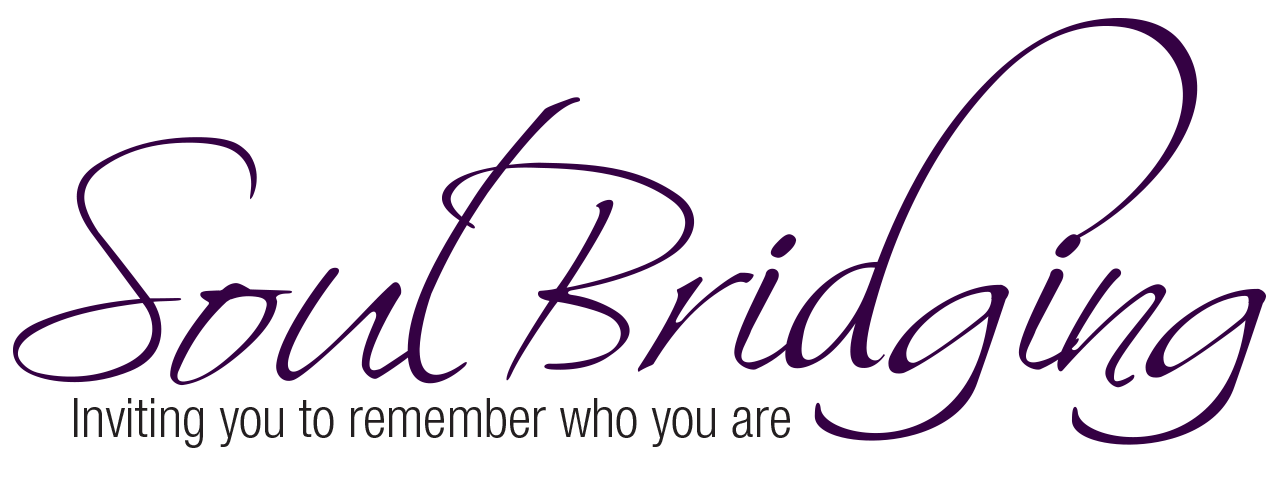

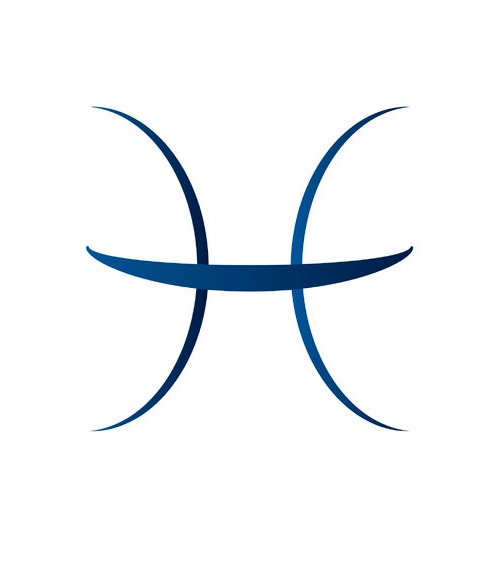
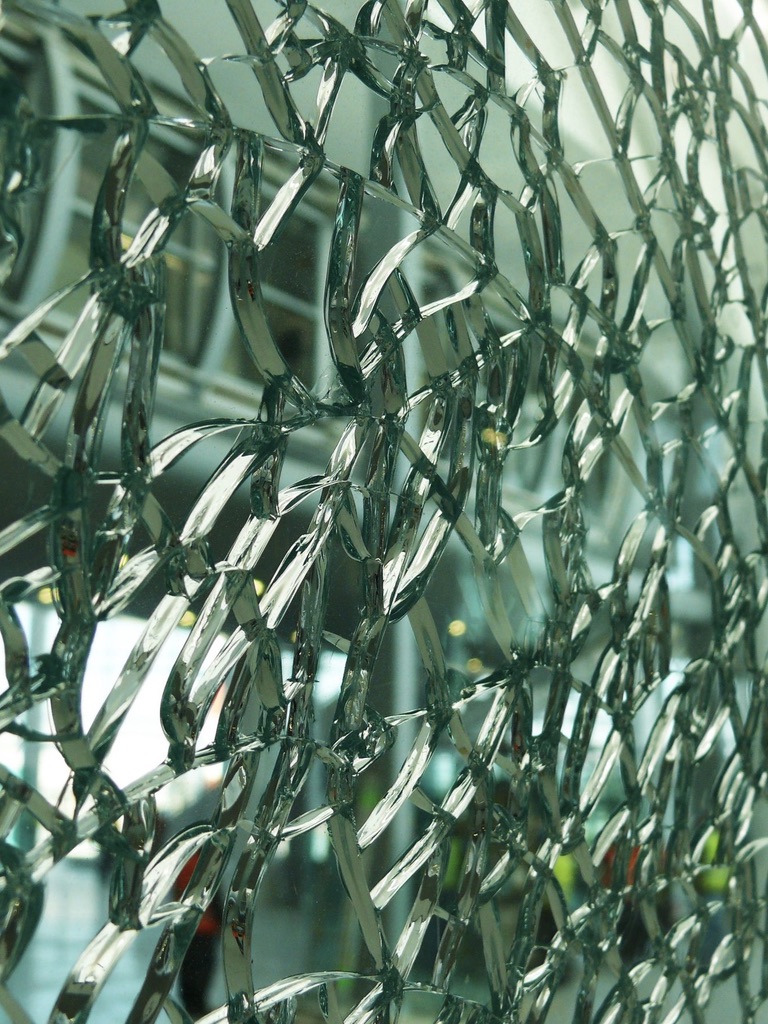
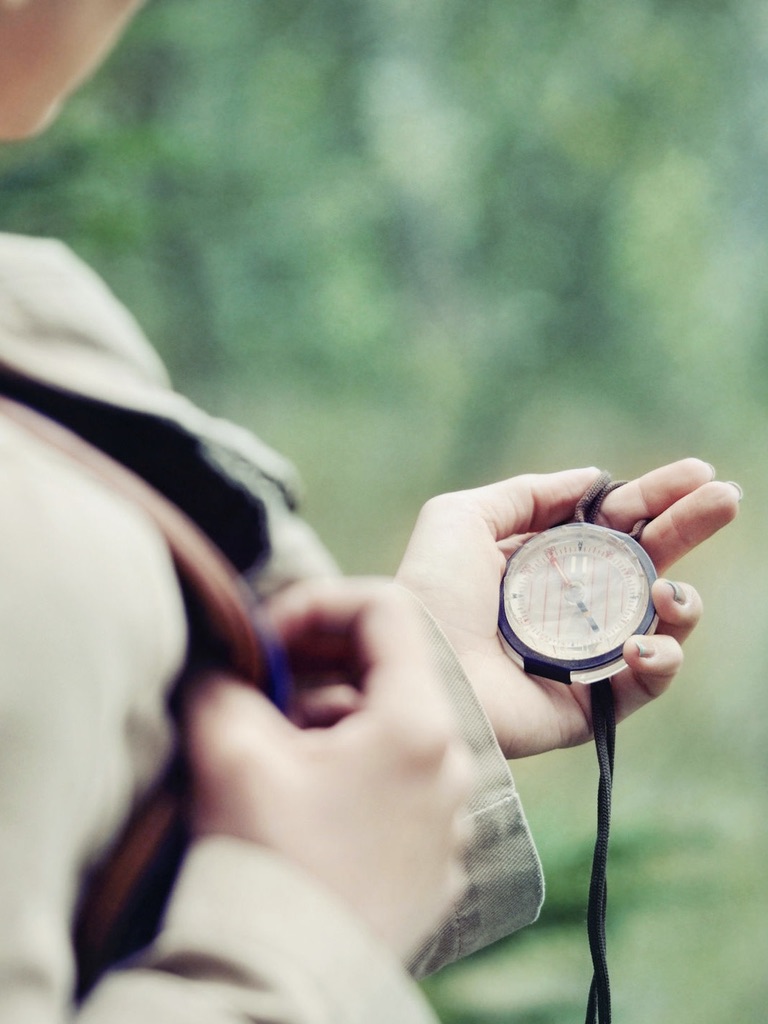

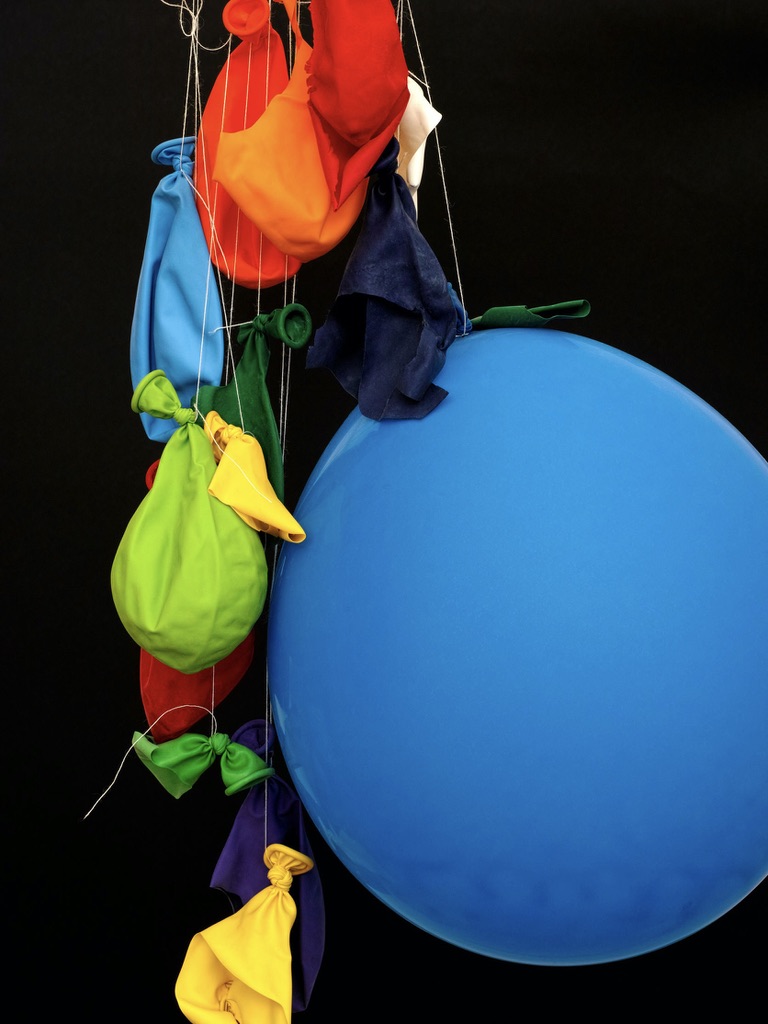
Join the Conversation